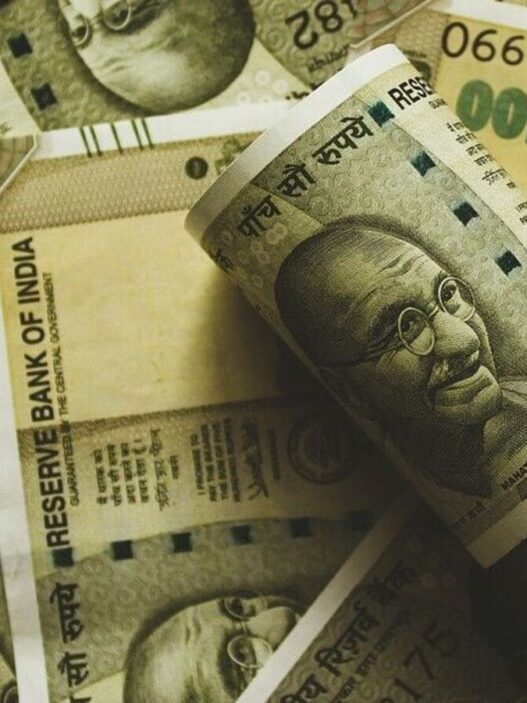In a recent Ombudsman ruling concerning litigation with an insurer, my claim was limited to 25% based on the policy’s terms and conditions for Bevacizumab used in my cancer treatment under ‘coverage for modern treatment or procedures.’
I am seeking clarification on how the term ‘modern’ is defined in this context? Is there a defined timeframe (in terms of years) that determines whether a treatment qualifies as ‘modern’ or not?
Bevacizumab has been in the market since 2017. Should a treatment available for this long still be considered ‘modern’? Please give a detailed explanation or reference to the specific criteria.
– Name withheld on request
Bevacizumab stands as a beacon of hope for countless patients fighting cancer, offering not just a treatment but a renewed sense of possibility during some of life’s most challenging moments.
As a monoclonal antibody that targets vascular endothelial growth factor (VEGF), Bevacizumab disrupts the blood supply that tumours need to grow and spread, thereby offering a critical line of defence in the battle against aggressive cancers such as metastatic colorectal cancer and non-squamous non-small cell lung cancer.
Also read: The US’ angst over health insurance: Lessons for India
For many patients, the availability of this treatment has meant more than just an extension of life—it has provided a renewed opportunity to spend precious time with loved ones, pursue dreams, and reclaim a sense of normalcy amid uncertainty. The emotional and physical toll of a cancer diagnosis can be overwhelming, and having access to a therapy that harnesses modern scientific advancements often brings a much-needed ray of hope.
However, the financial burden of advanced therapies like Bevacizumab is a concern that touches every patient and their family. This is where the Insurance Regulatory and Development Authority of India (Irdai) circular (IRDAI/HLT/REG/CIR dated 27 September 2019) plays a pivotal role.
Issued to promote fairness and clarity in health insurance policies, the circular explicitly states that insurers should not exclude certain critical treatments, including immunotherapies such as monoclonal antibody injections.
This guideline ensures that life-saving treatments are not sidelined or rendered inaccessible due to arbitrary exclusions, reinforcing the commitment of regulatory bodies to protect patients’ interests. At the same time, the circular acknowledges that while these treatments should be covered, insurers may, subject to product design, impose sub limits on the benefits payable.
In your situation, it appears that the policy includes a sub-limit of 25%, which restricts the payout available for the treatment. The circular does not specify a fixed timeframe but rather categorises treatment types, leaving the definition of “modern” somewhat open.
It’s worth noting that this list was issued in 2019, and as medical advances continue to emerge, it is reasonable to expect that the Irdai will review and update these guidelines to incorporate newer, cutting-edge treatments.
We understand that for families already burdened by the emotional and economic challenges of a serious illness, encountering such sub-limits can feel like an additional, unfair hurdle.
It underscores the critical importance of scrutinising the fine print in health insurance policies. Before committing to a plan, policyholders should ensure that the policy they choose offers comprehensive coverage without restrictive sub limits on modern treatments.
Shilpa Arora is co-founder and chief operating officer at Insurance Samadhan.












